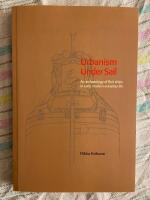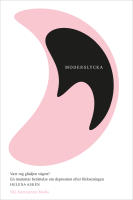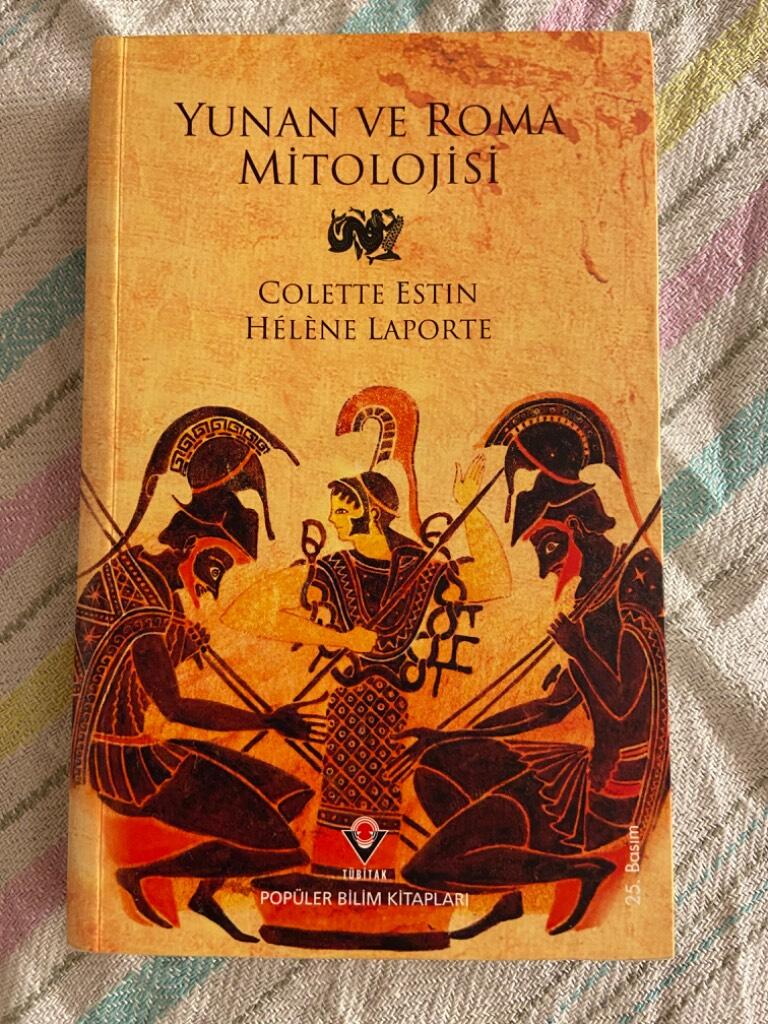
Urbanism Under Sail : An Archaeology of Fluit Ships in Early Modern Everyday Life
Häftad bok. Södertörns högskola. 1 uppl. 2014. 225 sidor.
Nära nyskick. Signerad personlig hälsning från författaren.
Förlagsfakta
- ISBN
- 9789187843020
- Titel
- Urbanism Under Sail : An Archaeology of Fluit Ships in Early Modern Everyday Life
- Författare
- Niklas Eriksson
- Förlag
- Södertörns högskola
- Utgivningsår
- 2014
- Omfång
- 225 sidor
- Bandtyp
- Häftad
- Mått
- 153 x 227 mm Ryggbredd 14 mm
- Vikt
- 435 g
- Språk
- English
- Baksidestext
- In the seventeenth- and early eighteenth centuries
fluits were the most common ships used in the trade
between the Dutch Republic and Sweden. The fluit
was ubiquitous, becoming such a fixture in both the
maritime and urban landscapes that these ships were
almost invisible. Despite there having been thousands
of more or less identical ships built, surprisingly little
is known about their sculptural embellishments, how
space on board was arranged and how early modern
everyday life was lived on board.
Far from all voyages reached their destination.
Down in the cold and dark brackish water of the Baltic
Sea, the conditions for preservation of organic material
are optimal and several of the unfortunate fluits still
remain intact today.
Inspired by phenomenological approaches in archaeology this thesis focuses on the lived experience of fluits. Using well-preserved wrecks it examines seemingly mundane everyday aspects, from the physical arrangements for eating, sleeping and answering nature’s call to their rearrangement for naval use. The study concludes with a consideration of the architectonical contribution of the fluit to the urban landscape.











